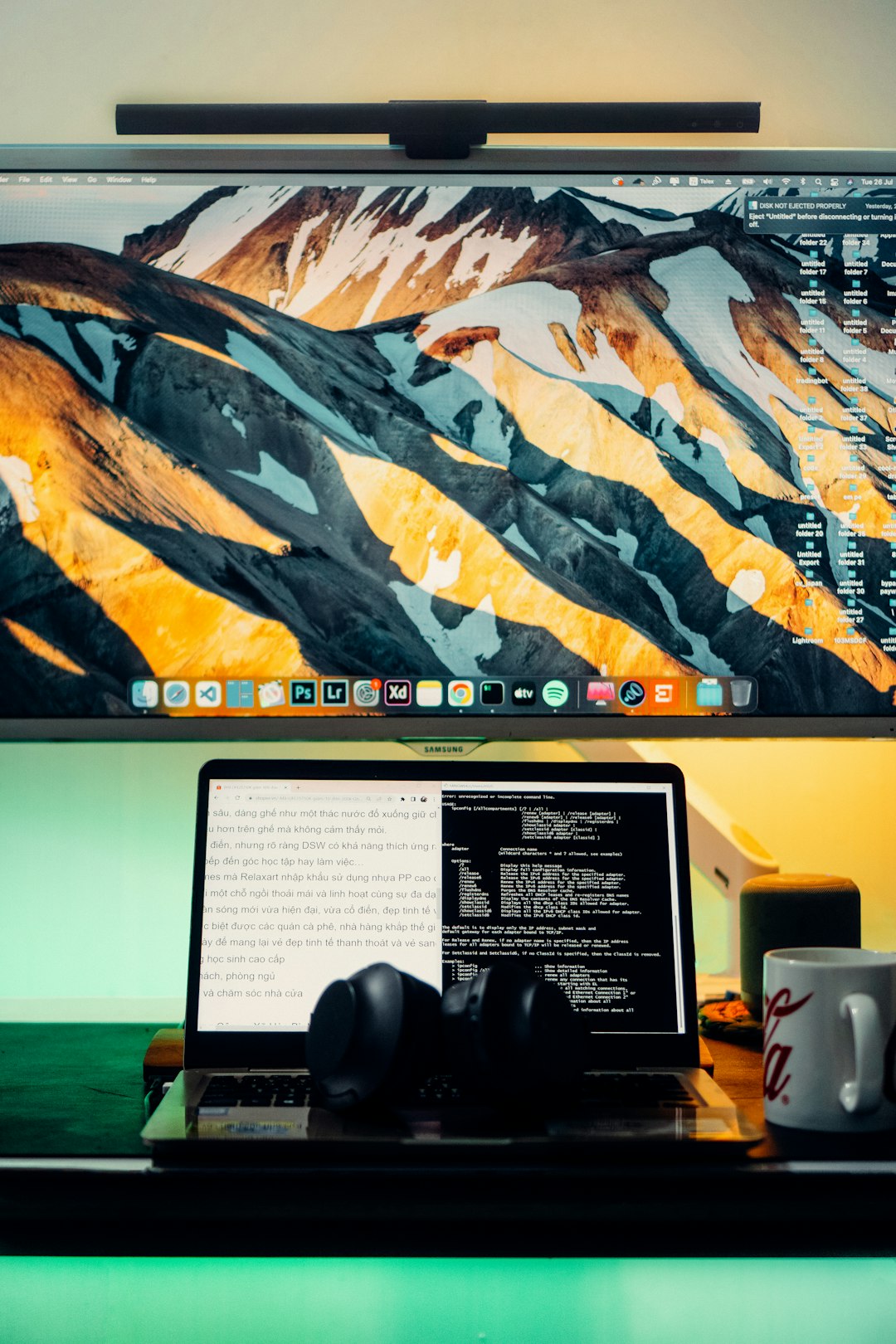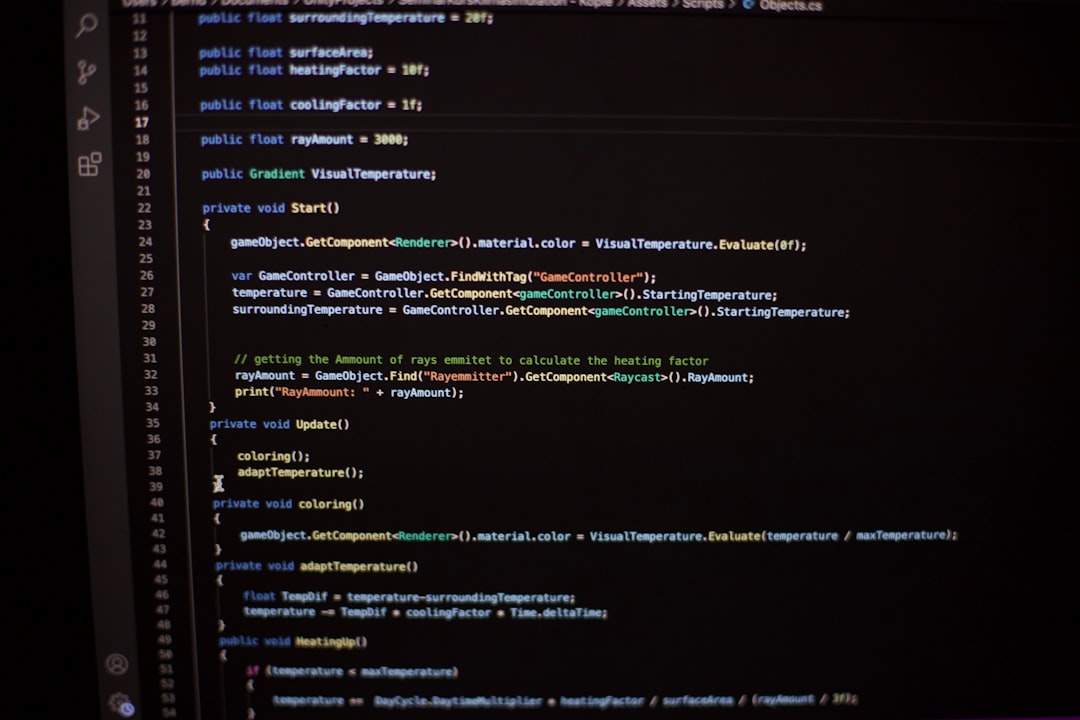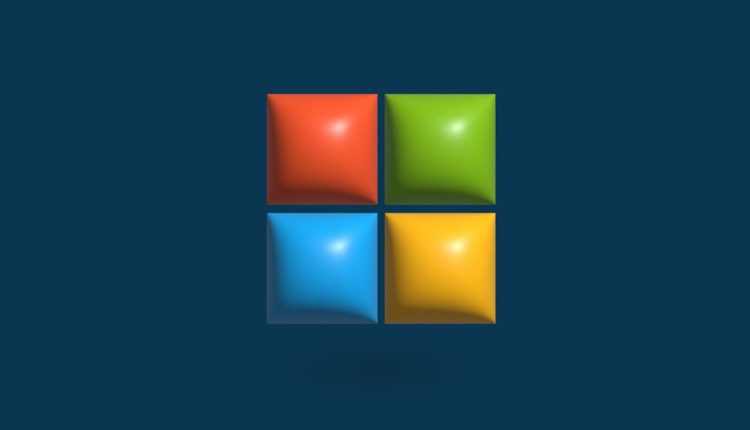As users explore the files and folders on their Windows PC, they might come across a file named desktop.ini. This small, often hidden file appears in nearly every folder on a Windows system, especially in customized or system-created folders. At first glance, it may seem suspicious or unnecessary, raising questions like: “Is it safe? Can I delete it? What purpose does it serve?” Understanding the role of desktop.ini can help users manage their systems more effectively and avoid accidental disruptions in their folder settings.
What Is desktop.ini?
Table of Contents
desktop.ini is a configuration file used by the Microsoft Windows operating system to define how a folder should be displayed. It allows the customization of folder-specific settings — such as the folder icon, localized folder name, view properties, and attributes — that go beyond the standard file and folder attributes set in the file explorer.
This file is generated automatically by Windows when the user customizes a folder using the Properties dialog box or selects special templates to view folders in File Explorer. For instance, changing a folder’s icon from the standard yellow folder to a custom image will create or modify the desktop.ini file in that directory to save this preference.

Why Is desktop.ini Hidden?
Windows hides important system files like desktop.ini by default to prevent users from accidentally modifying or deleting them, which could affect system functionalities or the user experience. Files like these are designated as protected operating system files and are only visible if users change their folder view settings to show hidden files.
To view desktop.ini files in Windows:
- Open File Explorer
- Click on the View tab
- Check the box for Hidden items
- For seeing protected system files, click on Options > View and uncheck “Hide protected operating system files” (Not recommended unless necessary)
What Information Does desktop.ini Contain?
The content of desktop.ini depends on the customizations made to the folder. A typical desktop.ini file may look like this:
[.ShellClassInfo] IconResource=C:\Windows\system32\SHELL32.dll,3 LocalizedResourceName=@%SystemRoot%\system32\shell32.dll,-21787
Here’s what each line represents:
- [.ShellClassInfo]: This section indicates that the settings refer to Windows shell behavior
- IconResource: Defines the icon file and index used as the folder icon
- LocalizedResourceName: Provides the localized name for the folder, often different from the actual folder name, customized based on system language settings
Folders such as Documents, Pictures, and Downloads often have desktop.ini files containing configurations that help the operating system display the folder according to system-wide user interface standards.
Is desktop.ini a Virus or Malware?
No, the desktop.ini file is not a virus. It is a legitimate system file used by Windows to manage folder settings. However, like other system files, malware can attempt to disguise itself by using the same name. This is why it’s important to consider the file’s location. If a desktop.ini file appears in an unusual folder, seems out of place, or exists alongside other suspicious files, it might warrant further investigation using trusted antivirus software.
Legitimate versions of desktop.ini will typically reside in standard user folders like:
- C:\Users\YourName\Documents
- C:\Users\YourName\Downloads
- C:\ProgramData\Microsoft\Windows\Start Menu
Can You Delete desktop.ini?
Technically, yes — desktop.ini files can be deleted. However, doing so may cause certain folder customizations or visual configurations to reset to their default state. The extent of the impact varies depending on the folder type and how it was customized.
Here’s what happens when deleted:
- The folder icon may revert to the standard yellow folder
- Custom folder templates, such as “Pictures” or “Music” layout, may be lost
- Localized folder names may revert to the original folder name

In most cases, if a desktop.ini file is deleted from a standard folder, Windows will regenerate it the next time folder settings are modified. However, deleting many of them at once, especially in system folders, can cause inconvenience or confusion for users expecting specific layouts.
Should You Delete desktop.ini?
Unless there is a specific reason, such as a misconfiguration or troubleshooting issue, it is generally not recommended to delete desktop.ini files. The file itself is usually just a few kilobytes in size and does not impact system performance or storage in any noticeable way.
If the presence of these files clutters the view in File Explorer, users can simply re-enable Windows’ default setting to hide protected operating system files rather than deleting desktop.ini files outright.
How to Stop Windows from Creating desktop.ini Files
There is no direct way to stop Windows from creating desktop.ini files, as they are part of its normal behavior to preserve user-specific settings. However, users who are on corporate or locked-down systems might use administrative policies or scripts to limit their appearance. That said, altering this behavior is not recommended for average users because it can interfere with personalization and user experience.
Best Practices
To maintain a clean and well-managed environment without interfering with system behavior, consider the following tips:
- Do not enable viewing of hidden or system files unless necessary
- Never open or edit desktop.ini unless you know its purpose
- Do not delete these files in bulk if you don’t understand their role
- Back up folders before making changes to system or configuration files
Conclusion
The desktop.ini file is a harmless and useful component of the Windows operating system, designed to store folder customizations and enhance the user experience. While it may seem redundant or confusing upon first encounter, its function is integral to how Windows organizes and displays folders. Instead of deleting it, users should let it perform quietly in the background — and if it’s an aesthetics issue, simply adjust the visibility settings in File Explorer rather than meddling with system configuration files.
FAQs about desktop.ini
- Q: What is desktop.ini?
A: It is a system configuration file that stores folder customization settings in Windows. - Q: Is it safe to delete desktop.ini?
A: Yes, but doing so may remove folder-specific customizations and revert them to default appearances. - Q: Can desktop.ini be a virus?
A: Not inherently. However, malware can disguise itself under the same name, so always verify file location and scan with reliable antivirus software when in doubt. - Q: Why do desktop.ini files keep appearing?
A: They are recreated by Windows when folder customizations are made or as part of standard operating system behavior. - Q: How can I hide desktop.ini files from showing?
A: Go to File Explorer > View > Options > View tab, then check “Hide protected operating system files” and “Don’t show hidden files.”

